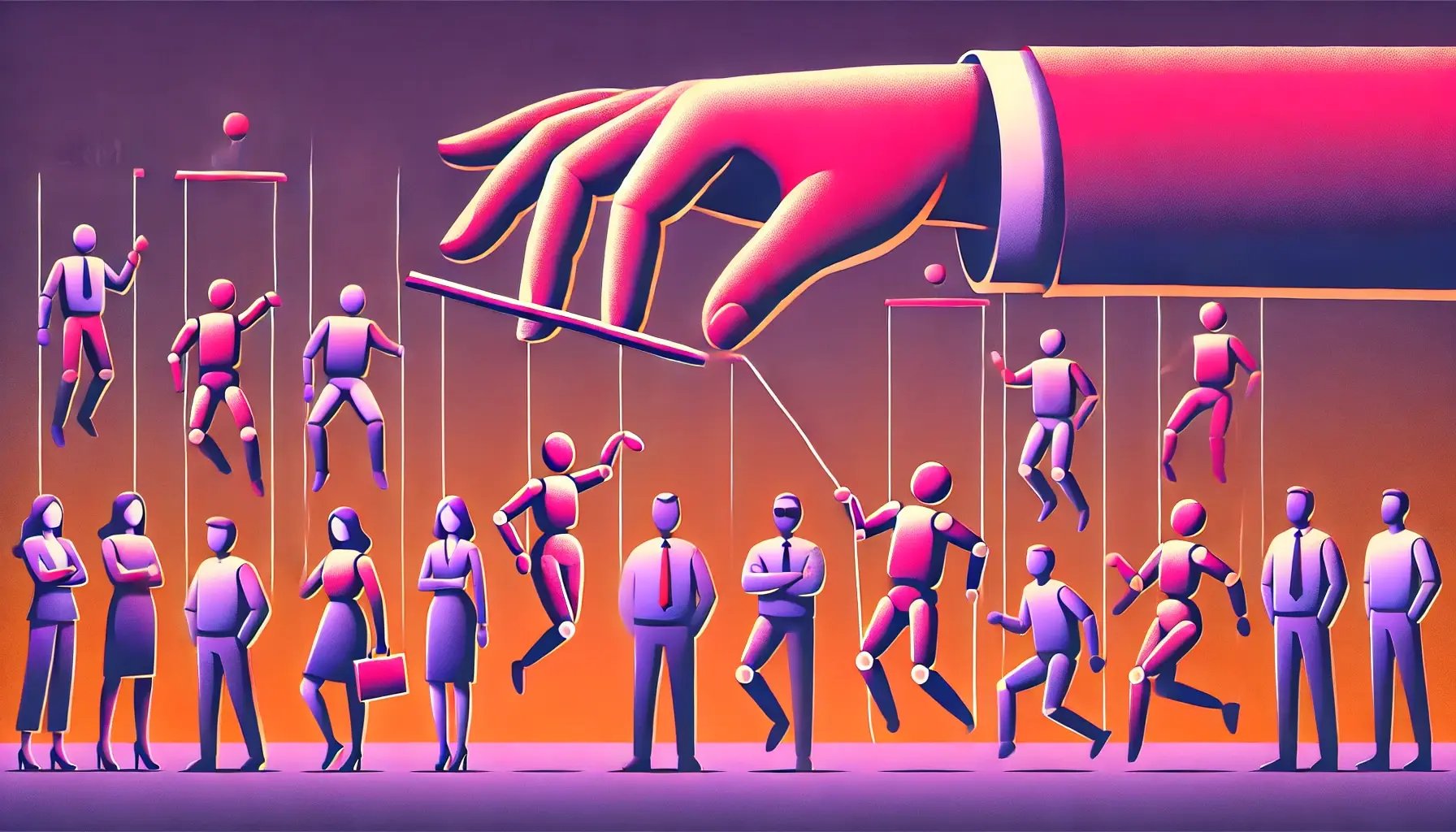In today's digitalized business world, effective change management is essential for the successful implementation of complex CRM projects. But what exactly is change management and why does it play such a central role in the implementation of CRM systems? In this article, we shed light on the theoretical foundations of change management, highlight the challenges that companies often face and provide valuable tips on how to ensure successful implementation.
What is change management?
Change management refers to the systematic approach to change within an organization. This includes processes, technologies, business models and - particularly relevant - the acceptance and behavior of employees. CRM projects are not just about implementing a new system, but also about how well the team accepts the new technology and integrates it into their day-to-day work.
The importance of change management in CRM projects
Without a well-thought-out change management strategy, companies run the risk of CRM projects failing. Employees may not fully accept the new system, which could lead to a drop in efficiency and productivity. Involving the workforce at an early stage is therefore crucial. They need to understand why the CRM system is being introduced and what added value it will bring to their daily work.
Factors for successful employee acceptance:
-
Early involvement: the earlier employees are involved in the change process, the sooner they will recognize the necessity and benefits of the new CRM system.
-
Communication: Open and continuous communication is key. Employees must be regularly informed about the progress of the implementation and the benefits of the system.
-
Training and support: Implementing a CRM system often requires new skills. Regular training and access to technical support are essential to shorten the learning curve.
-
Gamification: An often underestimated tool in change management. Playful elements can motivate employees to engage more intensively with the CRM system and achieve success more quickly.

Frequent challenges in the implementation of change management
Even if change management is clearly thought through, there are typical stumbling blocks that companies have to overcome on the way to successful implementation. The most common challenges include
-
Employee resistance: it is often fear of the unknown that causes employees to resist change. Here it helps to communicate clearly and comprehensibly why the change is necessary and what individual benefits the change will bring.
-
Lack of management support: Without clear leadership and support from the top, it is difficult to implement the necessary changes throughout the organization.
-
Insufficient resources: Sufficient time, money and human resources must be available to make change management successful.
Best practices for successful change management
There are some best practices to counteract these challenges:
- Early involvement of early adopters: these employees are open to change and can serve as role models for the rest of the team. They help to integrate the CRM system into everyday working life and are often valuable multipliers.
- Regular feedback loops: Feedback from employees is crucial to making adjustments in change management. Regular workshops and surveys help to gauge the mood in the team and identify potential problems at an early stage.
- Celebrate small successes: When the team achieves initial successes in using the new CRM system, these should be made visible and celebrated. This motivates the team and demonstrates the benefits of the change.
Conclusion
Change management is not a simple process, but it is crucial for the success of CRM projects. Employee acceptance is the linchpin - without it, any implementation, however well planned, will fail. However, with early involvement, open communication and a structured approach, companies can ensure that the change is successful.
Gamification, regular feedback and celebrating small successes also boost employee motivation. Those who take these factors into account will ensure that the CRM system is not only introduced, but also used successfully in the long term.
Have fun listening!







